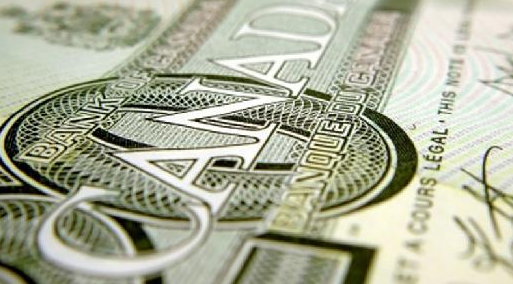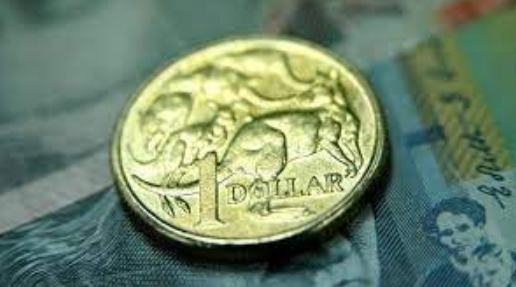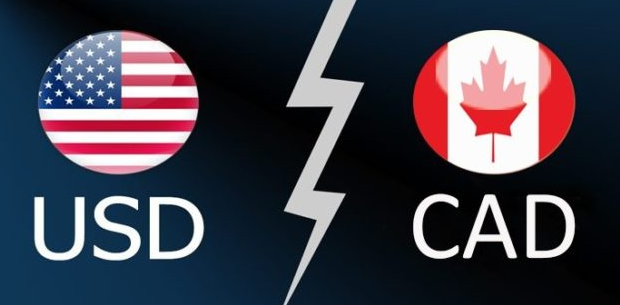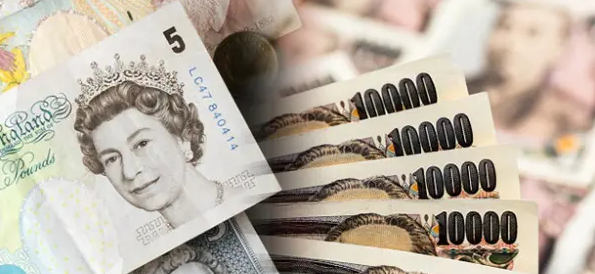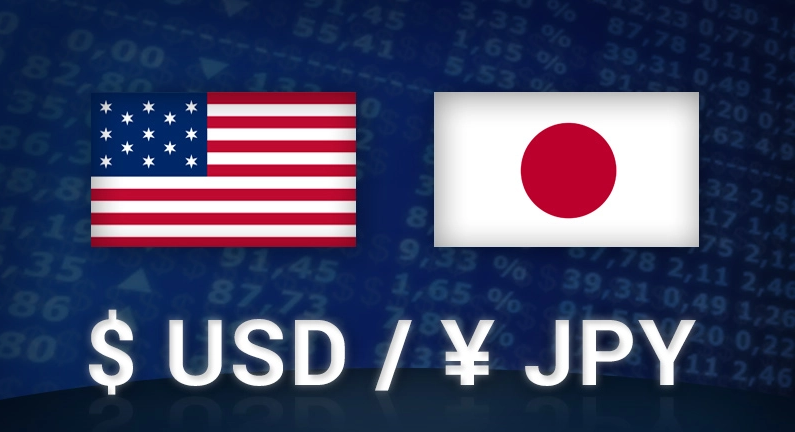
USD/JPY bounces back from daily low, finding support at 125.00.
- USD/JPY witnessed some selling on Thursday and retreated further from the two-decade high.
- The ongoing USD corrective pullback was seen as a key factor that exerted downward pressure.
- The Fed-BoJ policy divergence, the risk-on impulse undermined the JPY and helped limit losses.
The USD/JPY pair managed to recover almost 30 pips from its daily low and was last seen trading with relatively minor losses, around the 125.40 level, when the European session began.
The pair fell slightly during the first hour of trade on Thursday, pulling away from its best level since 2002, which was in the neighborhood of 126.30, which was reached the day before. The US dollar's profit-taking decline from a near-two-year high has continued, which has put some downward pressure on the USD/JPY exchange rate.
The consumer inflation data for the United States revealed on Tuesday were not as terrible as the markets had expected, and this caused the rates on US Treasury bonds to stop their recent run to a multi-year high. In the eyes of many, this was a significant element in prompting traders to unwind some of their USD bullish bets, which resulted in a headwind for the USD/JPY pair.
Having said that, a number of variables contributed to limiting losses and assisting market prices to find some support at the psychologically important 125.00 level. In response to the risk-on urge, which was manifested in a broadly bullish tone throughout the stock markets, demand for conventional safe-haven assets was undercut, and the Japanese yen's gains were muted.
The growing policy difference between the Bank of Japan and the Federal Reserve, in addition to other factors, deterred traders from putting strong negative wagers on the USD/JPY pair. On Tuesday, Bank of Japan Governor Haruhiko Kuroda emphasized his commitment to maintaining the present aggressive easing to sustain an economy that has not yet recovered to pre-pandemic levels.
The Federal Reserve, on the other hand, is projected to tighten its monetary policy at a quicker rate in order to contain rising inflation. The bets were supported by the Producer Price Inflation report from the United States, which suggested that there are pipeline expenses that might put upward pressure on the already high level of inflation. This, in turn, should help to strengthen the buck's position.
The fundamental environment seems to be solidly in favor of bullish traders, and this appears to be supporting possibilities for an extension of the current bullish run in the USD/JPY pair that has been seen over the previous one to two months. Nonetheless, overbought oscillators should be treated with care in light of dwindling chances for a diplomatic settlement to the Ukraine conflict.
Traders are now looking forward to the United States economic calendar, which will include the monthly Retail Sales report, the customary Weekly Initial Jobless Claims report, and the preliminary Michigan Consumer Sentiment Index. This, together with the rates on US Treasury bonds, will have an impact on the USD, causing it to fluctuate and perhaps creating trading opportunities in the USD/JPY pair.
Technical levels to watch
USD/JPY
| OVERVIEW | |
|---|---|
| Today last price | 125.34 |
| Today Daily Change | -0.21 |
| Today Daily Change % | -0.17 |
| Today daily open | 125.55 |
| TRENDS | |
|---|---|
| Daily SMA20 | 122.56 |
| Daily SMA50 | 118.45 |
| Daily SMA100 | 116.39 |
| Daily SMA200 | 113.9 |
| LEVELS | |
|---|---|
| Previous Daily High | 126.32 |
| Previous Daily Low | 125.35 |
| Previous Weekly High | 124.68 |
| Previous Weekly Low | 122.26 |
| Previous Monthly High | 125.1 |
| Previous Monthly Low | 114.65 |
| Daily Fibonacci 38.2% | 125.95 |
| Daily Fibonacci 61.8% | 125.72 |
| Daily Pivot Point S1 | 125.16 |
| Daily Pivot Point S2 | 124.77 |
| Daily Pivot Point S3 | 124.19 |
| Daily Pivot Point R1 | 126.13 |
| Daily Pivot Point R2 | 126.71 |
| Daily Pivot Point R3 | 127.1 |
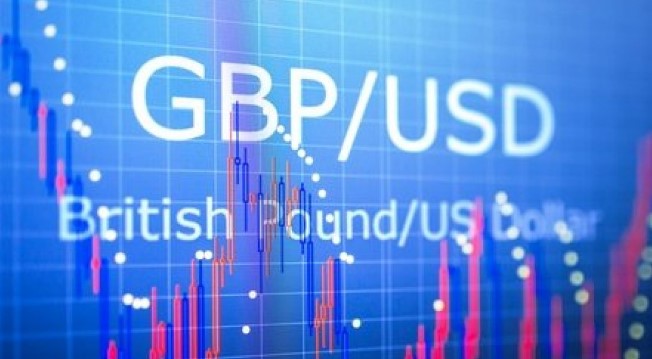
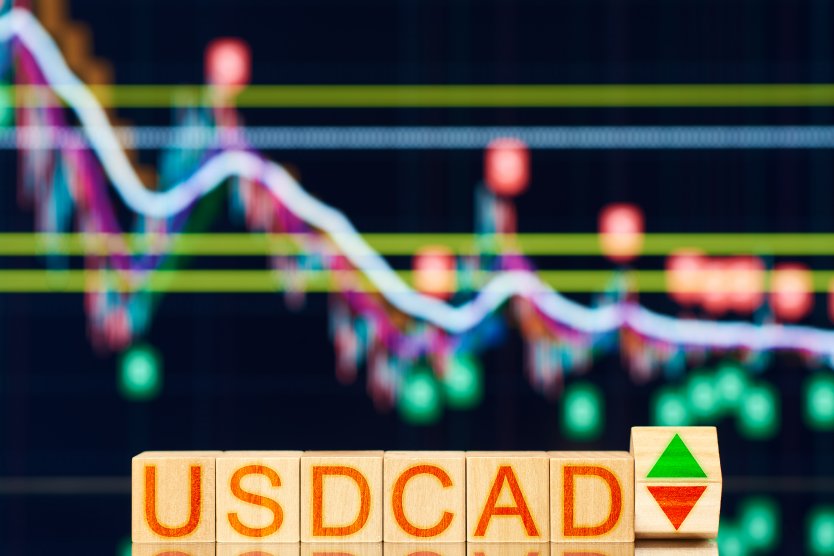
.jfif)
